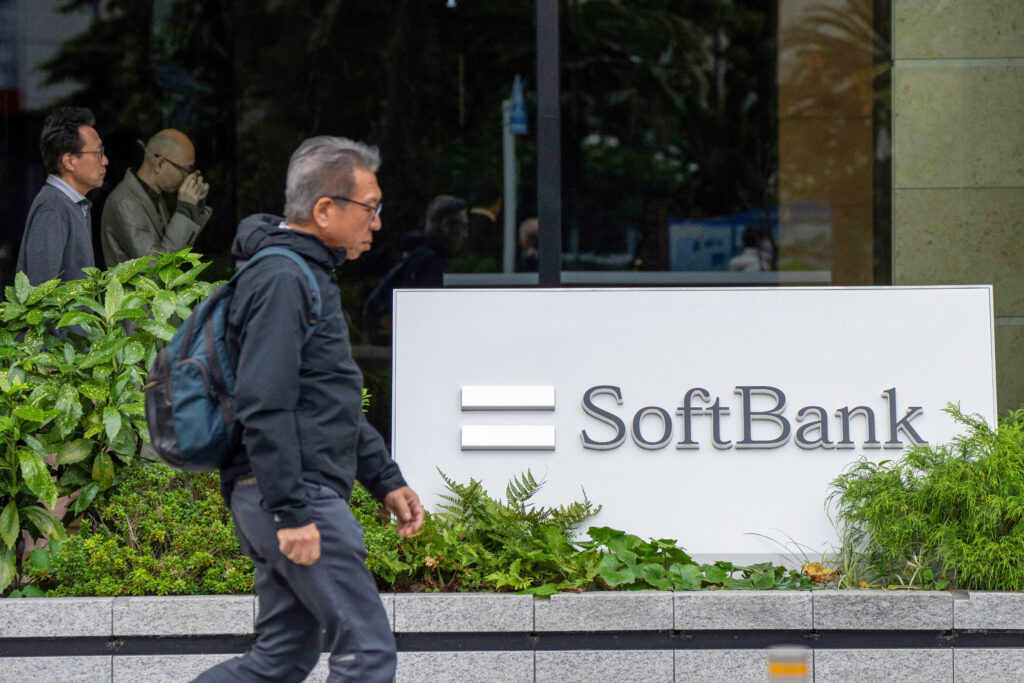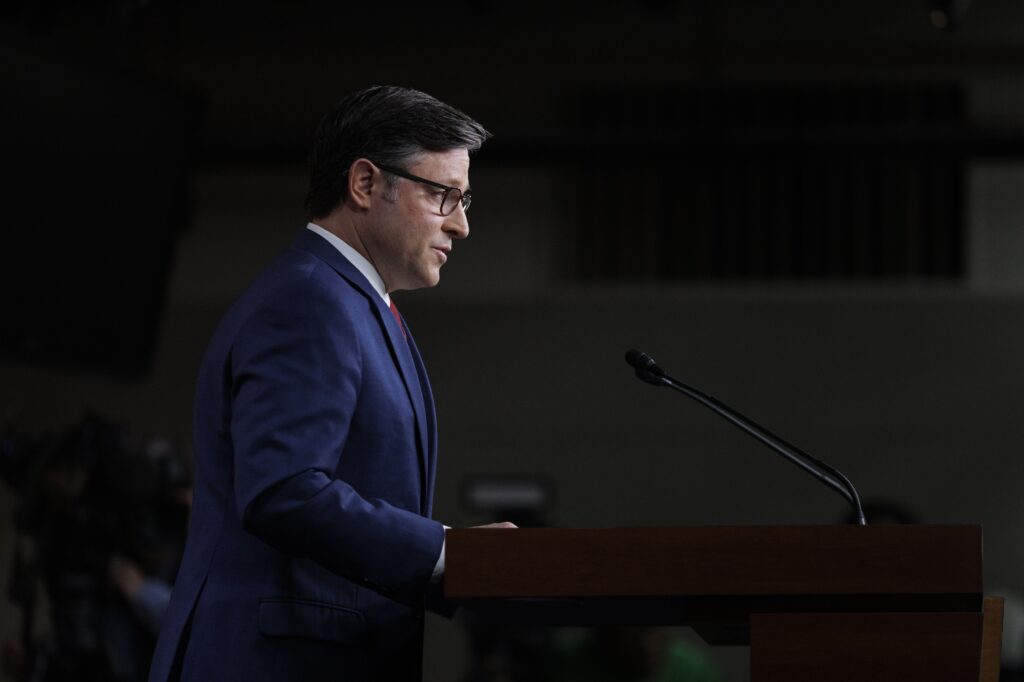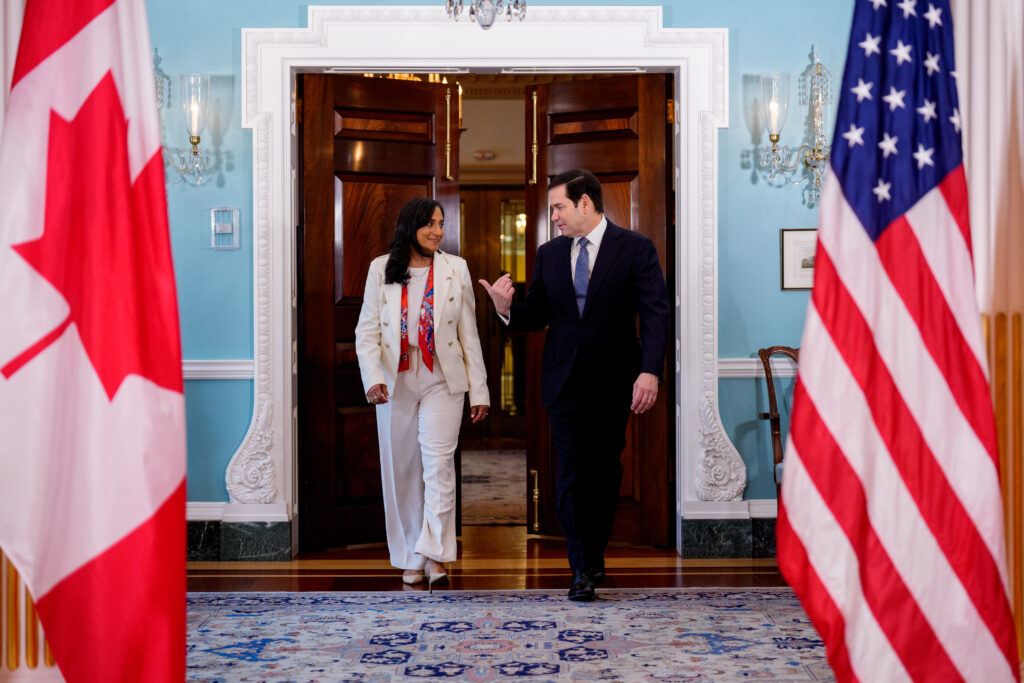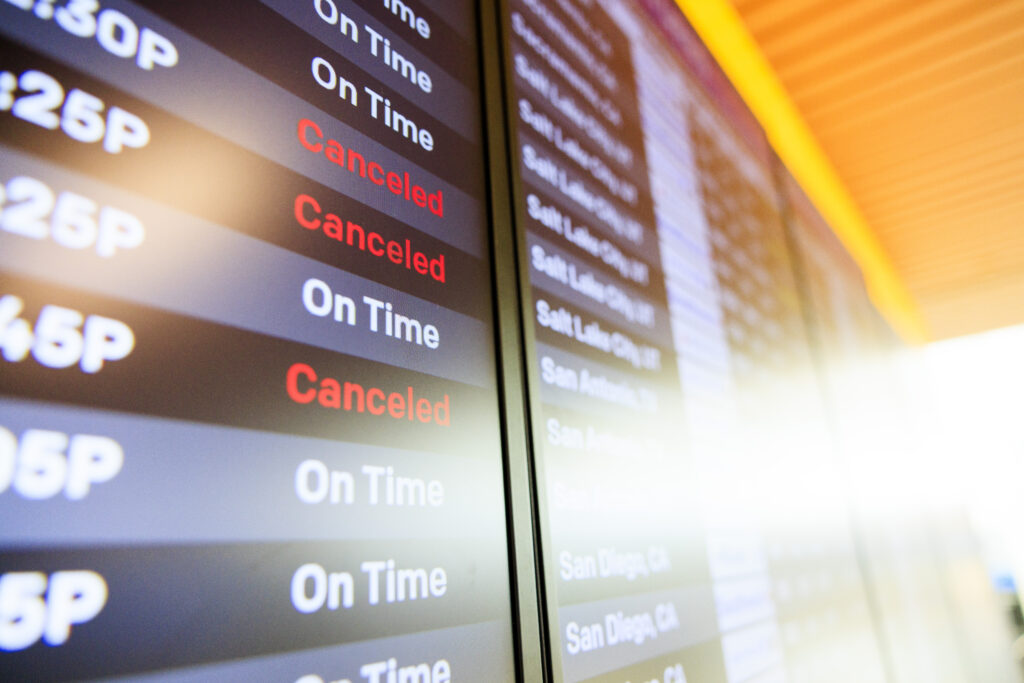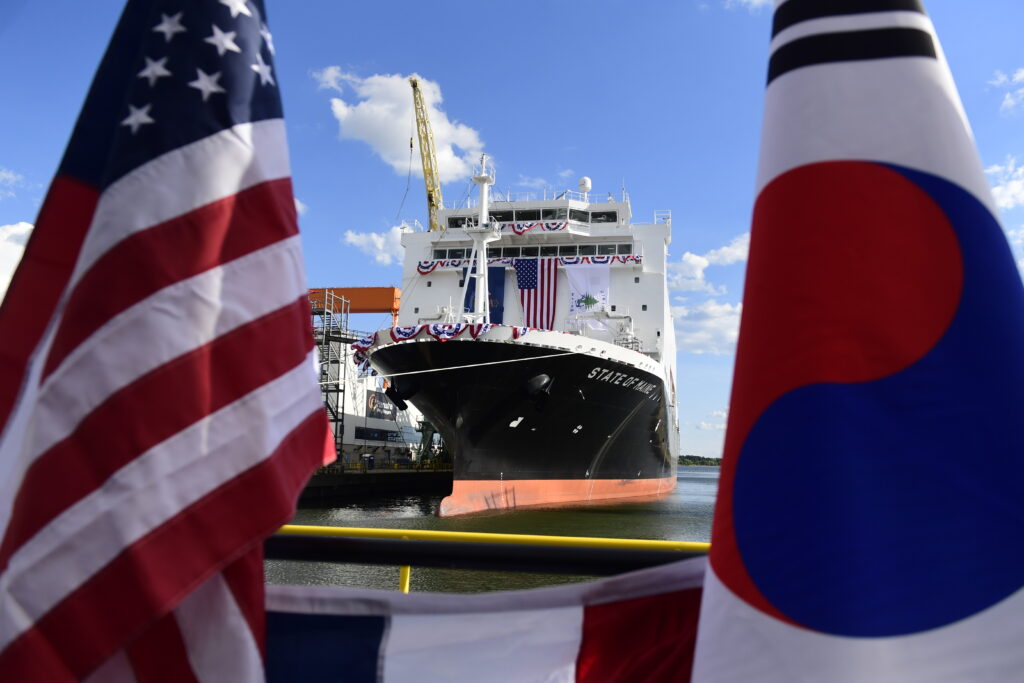AI stock boom delivers bumper quarter for Japan’s SoftBank
Japan’s SoftBank Group reported Tuesday that net profit more than doubled in the second quarter thanks to a boom in AI-related share prices that has fuelled fears of a market bubble.The tech investment giant — a major backer of ChatGPT-maker OpenAI — logged a net profit of 2.5 trillion yen ($16.2 billion) in July-September, up from 1.2 trillion yen in the same period last year.SoftBank also announced it sold $5.8 billion worth of shares in US chip giant Nvidia last month, after the quarter had ended.The group’s earnings often swing dramatically because it invests heavily in tech start-ups and semiconductor firms, whose stocks are volatile.In recent months optimism over the promise of AI technology has sparked a rush of multi-billion-dollar deals — sending tech shares soaring worldwide.Wall Street’s tech-rich Nasdaq index has surged 25 percent since May.But that has fed concerns of a market bubble that could eventually burst, like the dot-com boom that imploded at the turn of the millennium.Fears that AI stock valuations are too high sparked a market sell-off last week.Nvidia, whose chips are used to train and power generative AI systems, recently became the world’s first company valued above $5 trillion, though its market cap has since receded to around $4.8 trillion.SoftBank did not give a reason for the Nvidia stock sale in its earnings statement.But Bloomberg News said it could reflect plans by the Japanese company’s flamboyant founder Masayoshi Son to boost his own influence in the AI field.Son, 68, believes “artificial superintelligence” is on the horizon, which will herald a technological revolution with new inventions and medicine.He appeared alongside US President Donald Trump at the White House in January when SoftBank teamed up with OpenAI and cloud giant Oracle to lead the $500 billion Stargate project to build AI infrastructure in the United States.By some estimates, OpenAI has signed approximately $1 trillion worth of infrastructure deals in 2025, including a $300 billion Oracle agreement.SoftBank stock has “had a strong run” itself, said a Jefferies equity research published last month.”The recent surge appears to be driven by excitement around its exposure to OpenAI,” it said.The firm has soared more than 140 percent so far in 2025.But Jefferies also listed some reasons for caution.”While OpenAI has strong consumer visibility, its share in (the) enterprise market is tiny. Its transition from non-profit to for-profit remains unresolved, and its relationship with Microsoft is still evolving,” the note said.And “the competitive landscape is intense, with Google, Anthropic, Grok, and others investing heavily”.SoftBank said last month it would buy Swiss-Swedish firm ABB Robotics for nearly $5.4 billion as part of its plans to develop so-called physical AI.
